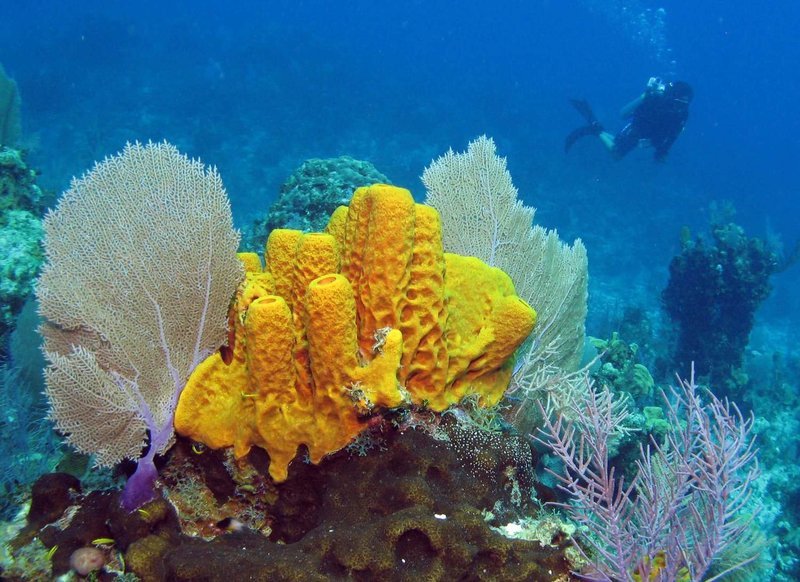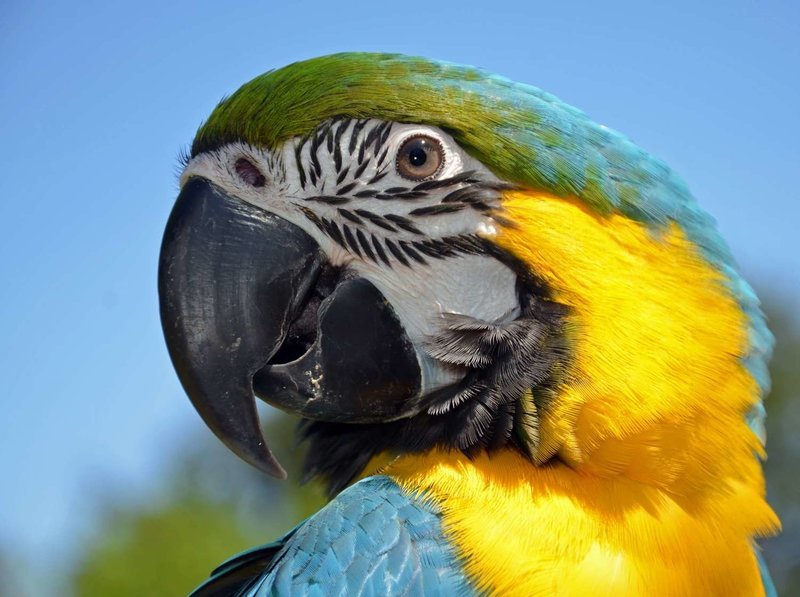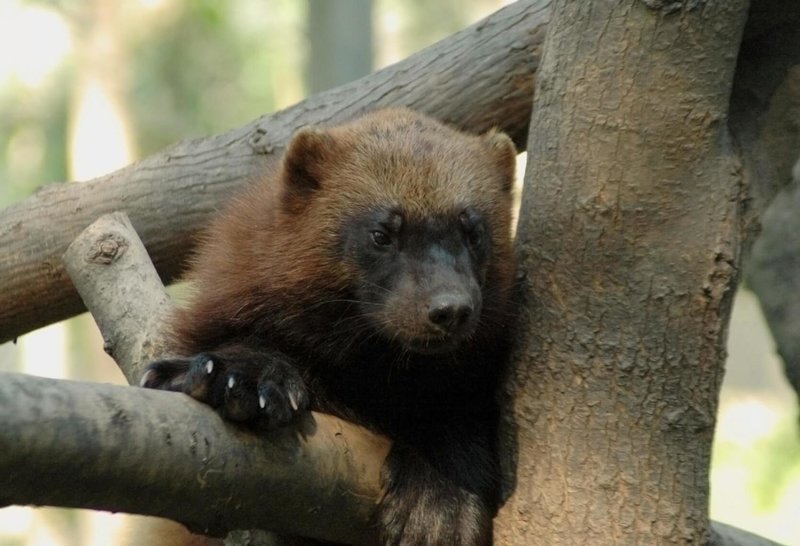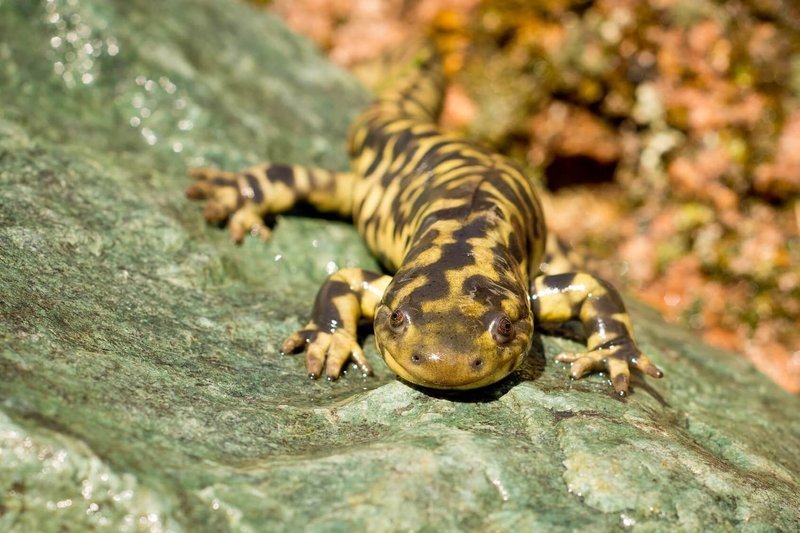About Us
If you love animals, you’re surely going to get hooked on our venture that strives to make this planet a better place for our wildlife. According to experts, we are witnessing a rapid loss of species which is estimated to be 1,000 to 10,000 times higher than the natural extinction rate.
This staggering rate can show unprecedented outcomes if we won’t get serious about it! We are passionate about educating our readers on the basic knowledge of animals and ways to look after them, especially the domesticated ones!
We are a team of zealous individuals who work together to bring forth the most contemporary and pertinent information based on research, observation, and authentic sources.
We are here to assist you in understanding the wildlife; from fierce-looking grizzly bears to dewy-eyed robins! We also provide extensive guidance about how to care for farm animals and exotic pets.
































